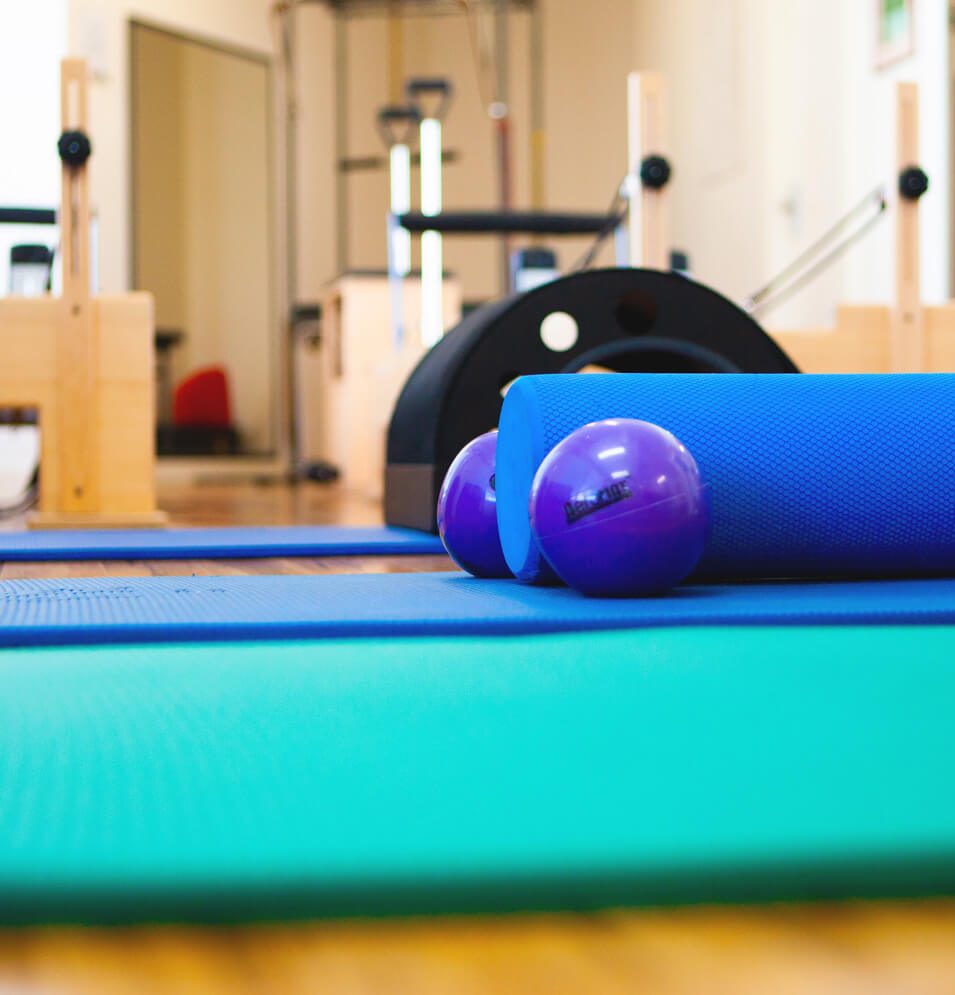Spondylolysis is defined as a defect of the vertebral arch. It can be a naturally occurring problem, where the defect develops due to the normal stresses of weight bearing, or it may develop due to excessive sporting activity.
Initially the condition may present as stress fracture of the pars inter articularis.
The condition may cause pain in the low back with the possible presence of somatic or radicular leg pain.
Neurological signs may also be present. It is particularly prevalent in people who subject their back to repetitive and forceful hyperextension, particularly when combined with a degree of rotation in sports such as gymnastics, fast bowlers in cricket, javelin throwing, weight lifting and other similar activities.
The vertebral arch has two sides to it and the defect(s) can occur on one or both sides.
If the defect is present on both sides (bilaterally), forward (anterior) ‘slipping’ of the vertebra may result in a spondylolisthesis (graded from 1 to 4 depending on the severity). Backwards ‘slippage’ (retrolisthesis) can occur, but is relatively rare.
Diagnosis of both spondylosis and spondylolisthesis is confirmed by radiological investigations. It can often be seen up on Xray, but will usually need additional scans to determine the extent of the problem.
It should be noted that the presence of a spondylolisthesis on investigation is sometimes a ‘red herring’, with the cause of the pain in fact not being from area.
The pain may be caused by a disc or facet joint and not related to the spondylolysis or spondylolisthesis.
Treatment for spondylolysis and spondylolisthesis may involve:
Rest from the pain producing activities
As with all types of back pain, it is worth counselling the patient about the likely positive outcome and the need to remain active without aggravating the underlying pathology.
It is particularly important to avoid forceful bending backwards (hyperextension).
Cross-training through this phase is usually possible, with activities such as bike riding easier than swimming as many people drop into lumbar extension when swimming.
Isolated functional strengthening of the deep trunk musculature
There has been a great deal of research performed by physiotherapists across Australia which supports the very specific re-training of specific abdominal and back muscles.
This work can be incorporated into more general trunk strengthening and specific functional strengthening as the patient’s ability improves.
Review the biomechanics of the aggravating activity
The principle of fixing the source of the problem by avoiding the combined extension/rotation mechanism is often applied in other problem activities.
This should include your physiotherapist and coach.
For more information see your local Lifecare practitioner.
Click here to find your closest Lifecare clinic

